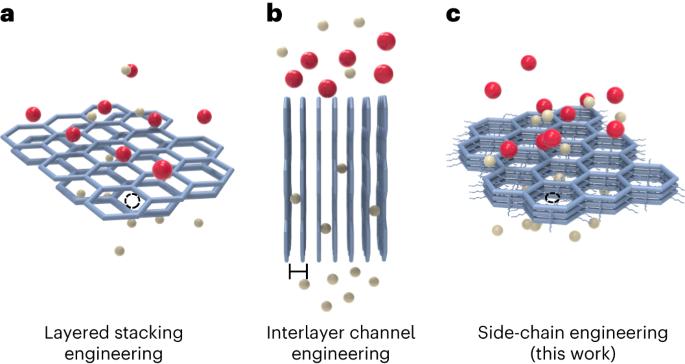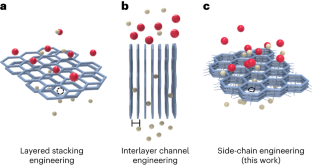Covalent organic framework membrane for efficient removal of emerging trace organic contaminants from water
IF 24.1
引用次数: 0
Abstract
Emerging trace organic contaminants are harmful pollutants that accumulate over time and pose serious potential hazards to human health and the ecosystem. Membrane technology provides a promising and sustainable method to remove them from the water environment. However, the pore sizes of most commercial membranes are larger than the molecular size of most trace organic contaminants, making it challenging to achieve effective interception. Here,we propose a side-chain engineering strategy to regulate the pore size of covalent organic framework membranes from mesopore to micropore by introducing alkyl chains of varying lengths into their pore surfaces. The alkyl chain-appended covalent organic framework membranes show efficient interception of various organic pollutants, including citrate esters, nitropolycyclic aromatic hydrocarbons, organophosphate esters and pesticides as small as 0.35 nm, with a rejection rate greater than 99% and corresponding flux higher than 110 kg m−2 h−1 MPa−1. This work provides an avenue for effectively removing different types of organic pollutant from water resources to ensure the safety and sustainability of our water supply. Membranes are useful for removing pollutants from water, but the pore size of most commercial membranes is larger than the molecular size of many trace organic contaminants. Here an engineered covalent organic framework allows pore size regulation to efficiently remove organic pollutants.


共价有机框架膜有效去除水中出现的微量有机污染物
新出现的微量有机污染物是随着时间的推移而积累的有害污染物,对人类健康和生态系统构成严重的潜在危害。膜技术为从水环境中去除它们提供了一种有前途的、可持续的方法。然而,大多数商用膜的孔径大于大多数微量有机污染物的分子尺寸,这使得实现有效拦截具有挑战性。在此,我们提出了一种侧链工程策略,通过在共价有机框架膜的孔表面引入不同长度的烷基链来调节中孔到微孔的孔径大小。烷基链附加共价有机框架膜对小至0.35 nm的柠檬酸酯类、硝基多环芳烃类、有机磷酸酯类和农药等多种有机污染物具有良好的截留效果,截留率大于99%,截留通量大于110 kg m−2 h−1 MPa−1。这项工作为有效地从水资源中去除不同类型的有机污染物提供了一条途径,以确保我们的供水安全和可持续发展。
本文章由计算机程序翻译,如有差异,请以英文原文为准。
求助全文
约1分钟内获得全文
求助全文

 求助内容:
求助内容: 应助结果提醒方式:
应助结果提醒方式:


